Elevate Your Property Listings: Essential Techniques for Stunning Real Estate Photos
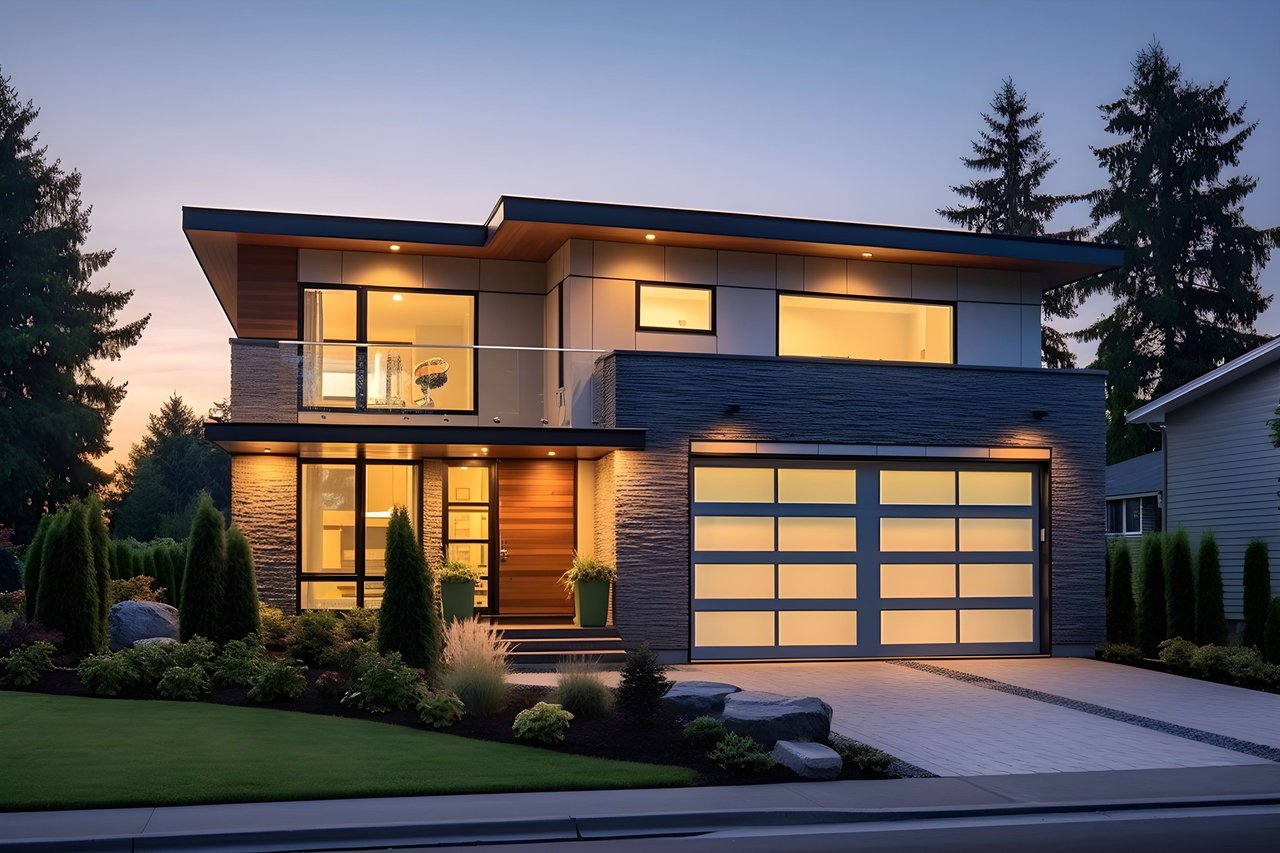

In the fast-paced world of real estate, a picture truly is worth a thousand words. High-quality, compelling photographs can make all the difference when it comes to capturing the interest of prospective buyers and setting your property listings apart from the crowd. This essential guide has been created to equip you with essential techniques to elevate your real estate photos, making them not just eye-catching, but truly stunning, and ultimately more effective at selling properties. Whether you're uploading a home for sale in Floral Park, CA or Santa Ana, CA, these tips will help you enhance your property listings and impress potential buyers all across all markets.
In the realm of real estate photography, the equipment you choose can make or break the final image. Opting for a high-quality DSLR or mirrorless camera will grant you greater control over settings such as exposure, focus, and depth of field, ensuring crisp, clear shots every time.
The lens you select is equally vital. A wide-angle lens, typically within the 16-35mm range, is favored by many real estate photographers. This is because it can capture spacious interiors and expansive exteriors without introducing excessive distortion. Such lenses allow for more of the property to be showcased in one shot, giving potential buyers a better understanding of space and layout.
However, it's crucial not to over-rely on ultra-wide angles, as they can sometimes make spaces appear misleadingly large. The goal is to represent the property accurately while highlighting its best features. Additionally, investing in lens filters, like polarizers, can help reduce reflections and enhance the natural colors of a scene.
Lighting plays an essential role in shaping the appeal and mood of real estate photographs. While artificial lights have their place, nothing beats the soft, even illumination of natural light for creating inviting and realistic images of interiors.
To harness the best of natural light, aim to schedule shoots during the 'golden hours'—shortly after sunrise or just before sunset. During these times, the sunlight is diffused, casting a gentle glow and minimizing harsh shadows, which can accentuate a property's best features. For interior shots, it's wise to open all curtains and blinds fully, allowing rooms to bathe in ambient light. This not only brightens spaces but also gives them a more spacious feel.
Quick Extra Tip: While natural light is often preferable, it's important to ensure it doesn't create unwanted reflections or overexposed areas. Turning off artificial lights inside the property can help in avoiding contrasting color casts, especially from incandescent bulbs that can produce a yellowish tint.
When it comes to real estate photography, achieving sharp, clear images is paramount—and that's where stability comes into play. Even the slightest movement can introduce blur, especially in low-light conditions or when using reduced shutter speeds. Thus, a sturdy tripod is an indispensable tool for any real estate photographer.
Using a tripod not only ensures stability but also allows for consistent framing. This consistency is crucial when taking multiple exposures of the same scene, a common practice in HDR (High Dynamic Range) photography where shots of varying exposures are blended together for optimal light balance.
Moreover, a tripod can aid in maintaining a level horizon, ensuring that vertical lines, such as walls and doorframes, remain straight. This adds a professional touch to your photos, ensuring spaces look true to their actual dimensions.
Composition—the arrangement of elements within a frame—can make the difference between a lackluster snapshot and a captivating image. In real estate photography, effective composition showcases a property in its best light, guiding the viewer's eye and highlighting key features.
One foundational principle is the rule of thirds, where an image is divided into 9 even segments by two vertical and two horizontal lines. Placing points of interest along these lines or at their intersections often results in a more balanced and engaging photo.
Leading lines, be they the edges of a hallway, the rails of a staircase, or the lines of a picket fence, can guide the viewer's gaze through an image, emphasizing depth and dimension. This is especially effective in showcasing the spaciousness of an area or leading the viewer's attention to a focal point.
Even the most meticulously captured real estate photographs can benefit from a touch of post-processing. In this digital age, photo editing software offers a myriad of tools to refine and enhance images, ensuring they truly shine.
Start with basic adjustments: tweaking exposure to brighten shadows or tone down highlights, correcting white balance to ensure color accuracy, and sharpening the image for added clarity. These minor enhancements can significantly improve the overall look and feel of a photo.
For interiors, perspective correction can be a game-changer. Ensuring that vertical lines, such as those of walls and furniture, are perfectly upright prevents distortion and presents the space authentically.
Looking for photo editing software recommendations? Adobe Lightroom is an industry-standard for real estate photo editing, but there are plenty of other options available, such as Capture One and Luminar.
Every property, whether a cozy cottage or a sprawling mansion in Santa Ana, boasts features that set it apart. As a real estate photographer or a top real estate agent, your role is to identify and accentuate these distinctive attributes, ensuring they shine brightly in your images.
Begin by conversing with the property owner or real estate agent to understand the home's selling points. It could be a bespoke kitchen island, intricate ceiling designs, a vintage fireplace, or even eco-friendly installations like solar panels.
Once pinpointing these standout features, consider the best angles and compositions to showcase them. Perhaps a close-up shot is needed to highlight the intricate details of handcrafted tiles, or a wide-angle view to emphasize the expanse of an open-concept living area.
Also, consider the story or emotion each feature evokes. A bay window might be best presented with a reading nook setup, suggesting a quiet afternoon escape. A luxurious bathtub could be accompanied by spa-like accessories, alluding to relaxation and self-care.
Placing emphasis on a property's unique features, you not only document the space but also tell a compelling story, inviting potential buyers to envision their own experiences within those walls.
First impressions are pivotal, especially in real estate photography. A cluttered, disorganized space can detract from a property's inherent beauty and deter potential buyers. Thus, preparing and staging a property for photography is just as crucial as the shoot itself.
Start by decluttering. Remove personal items like family photos, notes on the refrigerator, and excessive ornaments. Clear countertops, tuck away cords, and ensure floors are clean and clear of distractions. Even small items, which might seem insignificant, can stand out in a photograph and divert attention from the property's main attractions.
Once decluttered, consider staging. Staging involves arranging furniture and decor to optimize space and showcase a property's potential. This doesn't always necessitate bringing in new items. Often, simply rearranging existing furniture or adding a few neutral decor pieces can transform a space.
For empty properties, virtual staging is an emerging solution. Using digital tools, furniture and decor can be superimposed onto an image, offering potential buyers a glimpse into how the space could be utilized.
In the ever-evolving world of real estate photography, aerial imagery has carved a niche for itself, offering perspectives that ground-level shots simply can't match. With the advancement of drone technology, capturing breathtaking aerial views has become more accessible than ever.
For larger properties or homes with significant land, aerial photography can showcase the full expanse of the estate, offering potential buyers a bird's-eye view of not only the property itself but also its surroundings. This can be especially beneficial when highlighting proximity to amenities, natural features like lakes or forests, or the layout of a sprawling property.
Beyond just wide-angle shots, drones can also capture cinematic, sweeping views, adding a dynamic touch to property videos or virtual tours. For properties with unique architectural features, aerial shots can provide angles that reveal the full depth and intricacy of the design.
There's a magical time of day, known as the 'blue hour', which happens just after sunset. During this brief window, the sky takes on a deep blue hue, and the artificial lights from homes and buildings glow with a warm intensity. Capturing real estate photos during this time can result in truly mesmerizing images that stand out from the crowd.
Twilight photography lends a luxurious and inviting feel to a property. The contrast between the cool blue of the sky and the warm golden lights emanating from windows creates a dreamy ambiance, suggesting a welcoming haven.
To nail the twilight shot:
In the quest to present a property in its best light, it's tempting to lean heavily on editing tools and enhancements. However, it's paramount to remember the primary goal of real estate photography: to provide an accurate and trustworthy representation of a property.
Here's why authenticity matters:
To stay authentic:
By prioritizing authenticity, photographers not only produce ethically sound and reliable images but also foster trust and credibility in the competitive real estate market.
In the world of real estate, photos can be the deciding factor between a successful home sale and a missed opportunity. With potential buyers scouring online listings to shortlist properties, it's essential to make an impactful first impression through high-quality and authentic photographs.
At Alvarez Realty Group, we understand the importance of professional real estate photography in showcasing a property's true potential. We are local real estate experts in the Santa Ana, CA area, and we strive to provide our clients with industry leading marketing strategies to ensure a successful sale. Looking to sell your home or purchase a new property? Contact us today to learn more about our services! Let's make your real estate dreams a reality.
Stay up to date on the latest real estate trends.
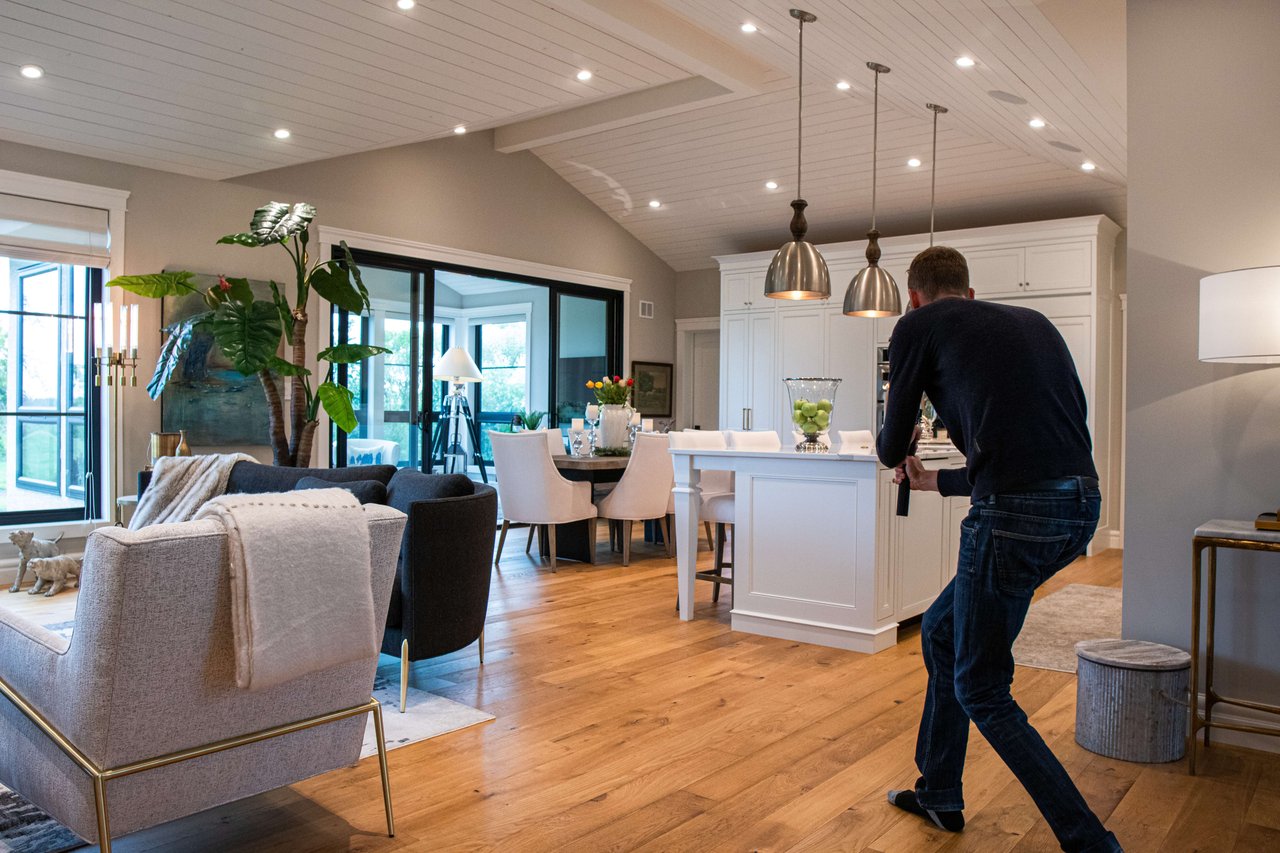
Selling
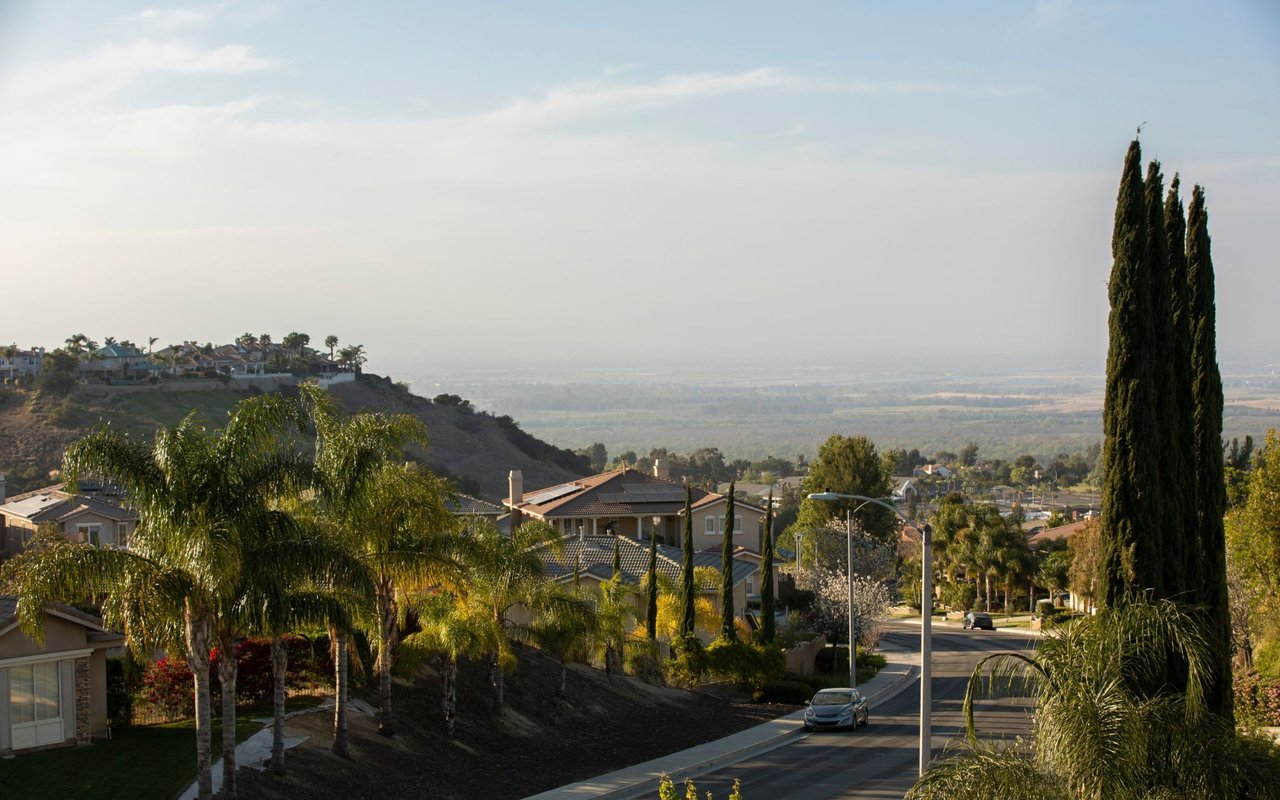
Local

Buying
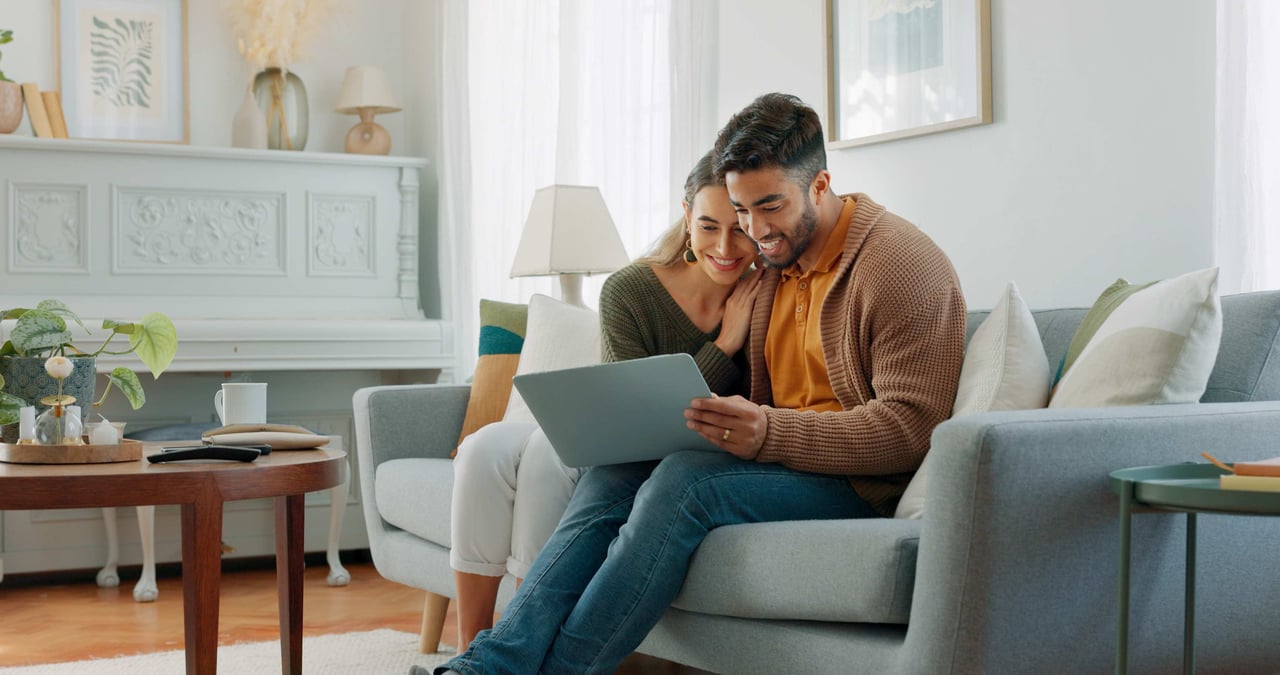
Buying
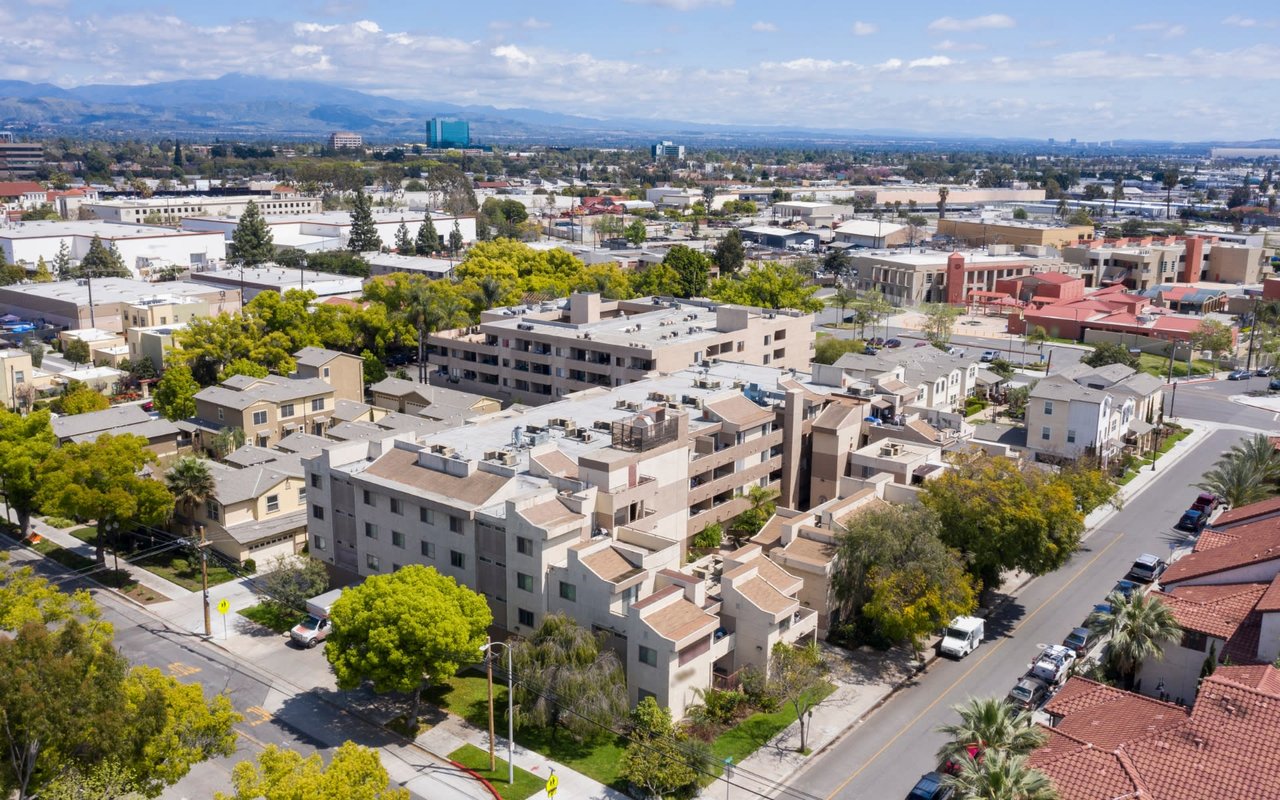
Buying
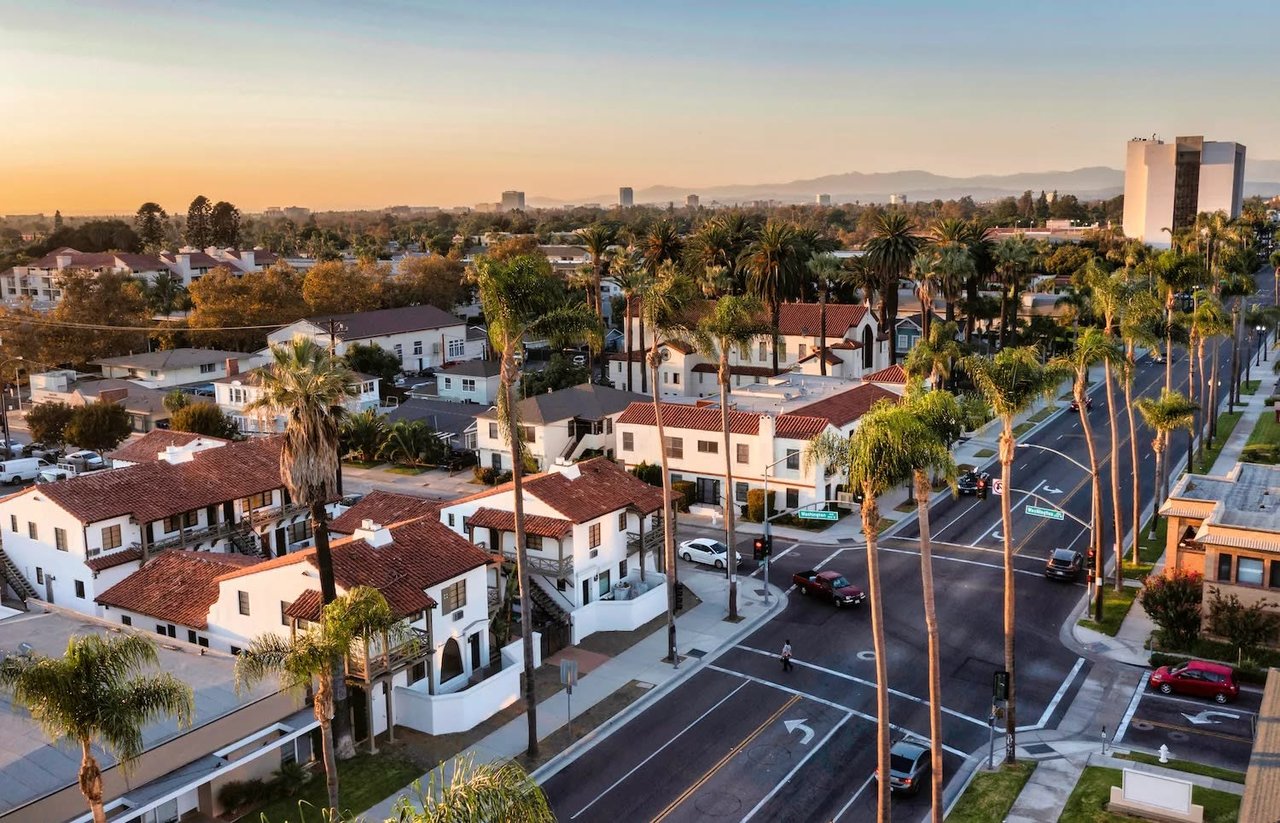
Buying
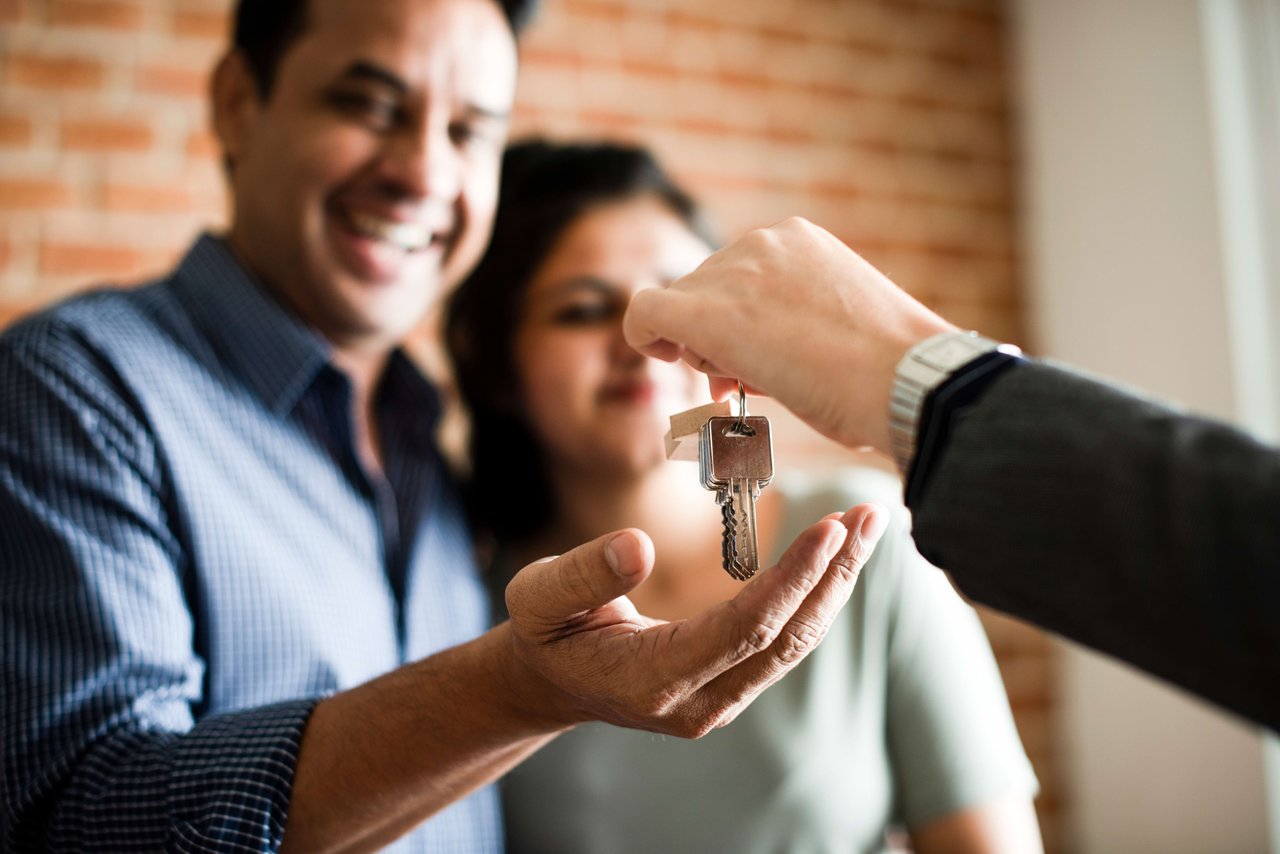
Finance
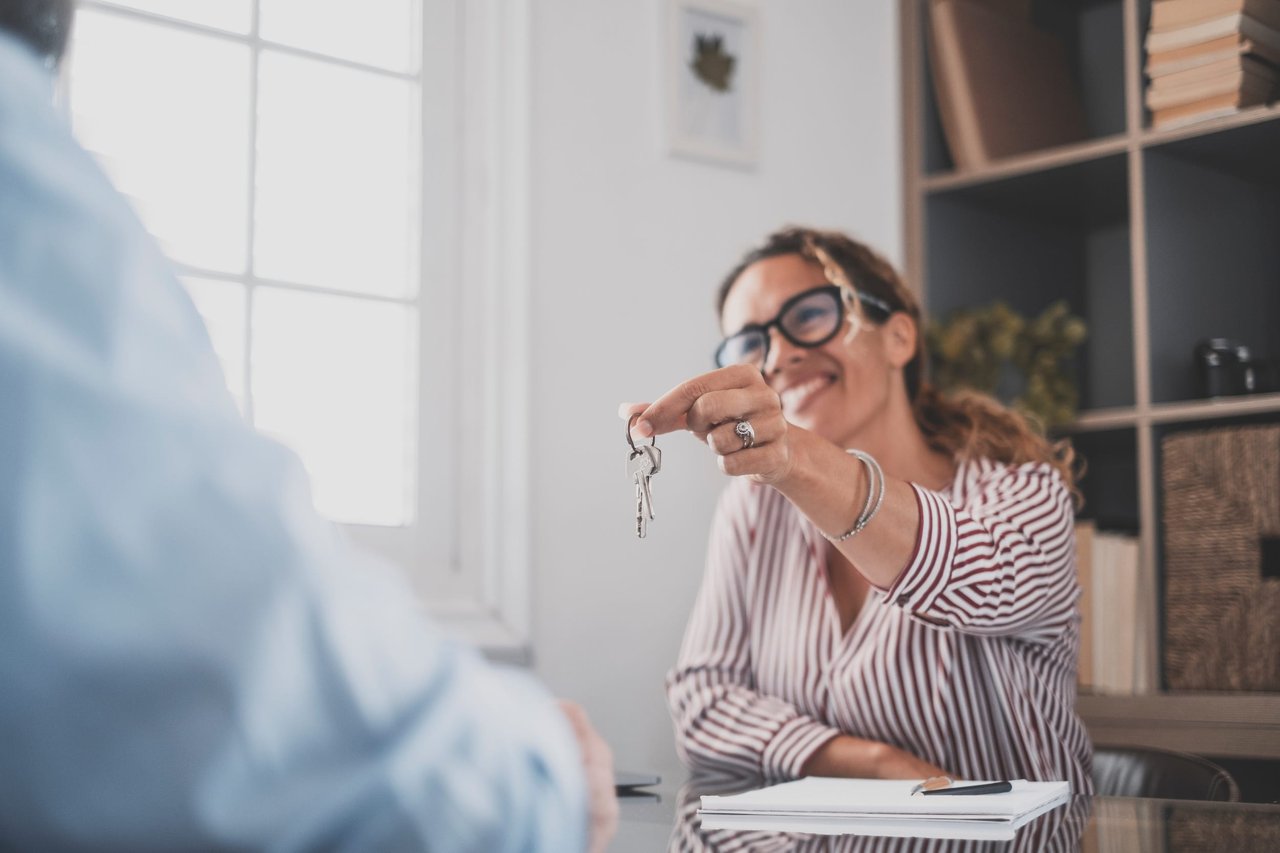
Market Trends
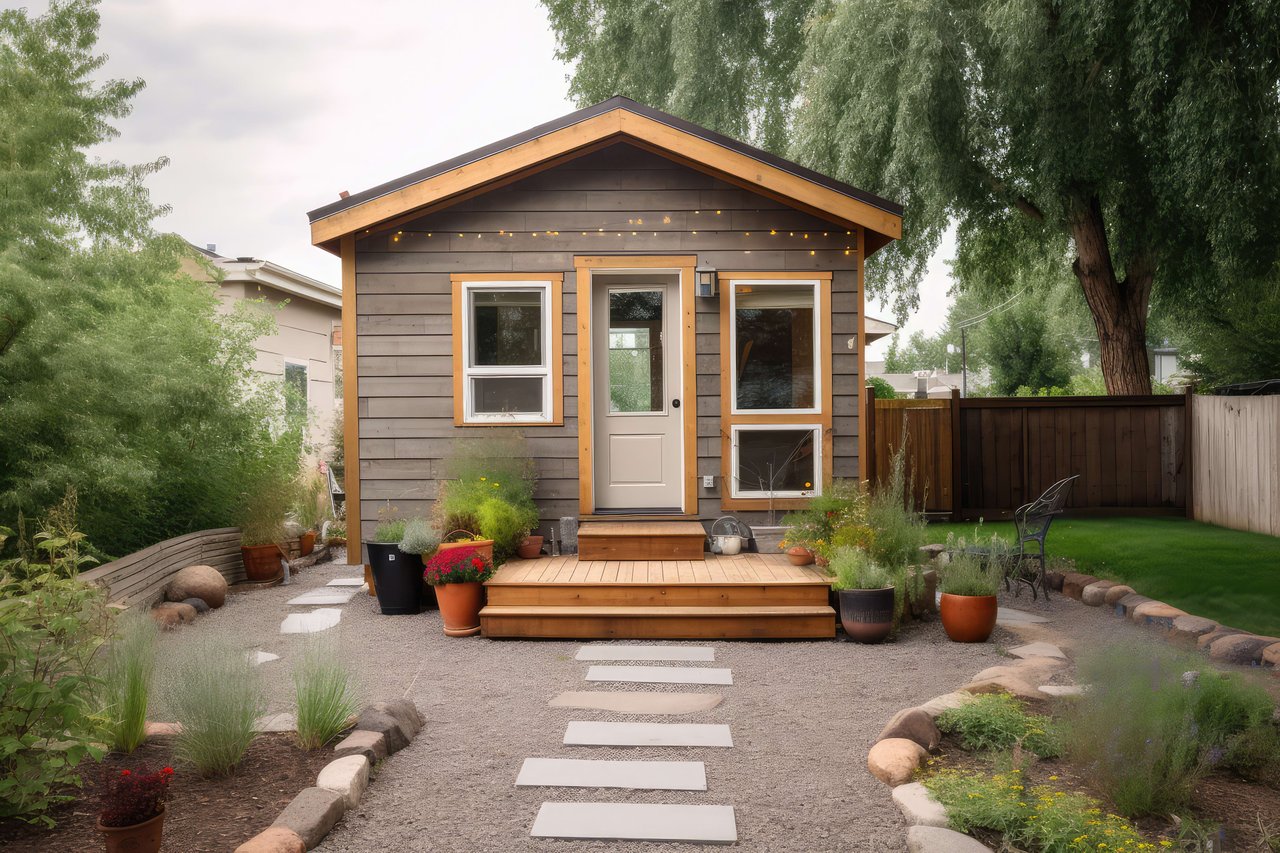
Market Trends